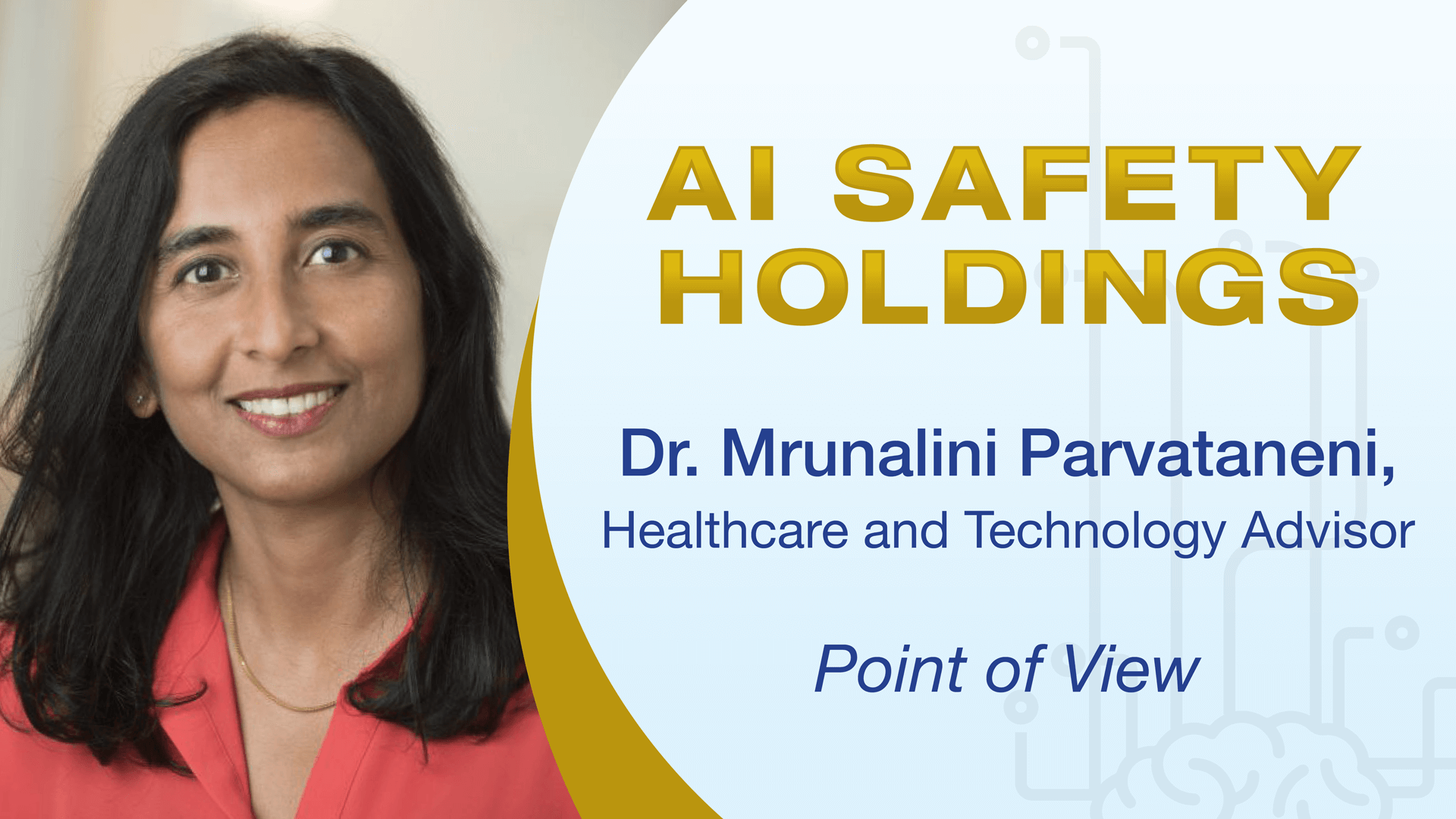by Mrunalini Parvataneni November 10, 2021
The use of AI-powered tech in healthcare is increasing. A scroll of my linked in feed gives the impression that there is an exponential increase however, in reality, healthcare is still very much people dependent and there is resistance to accepting new technologies.
Healthcare is the business of caring for humans when they are most vulnerable. Doctors, nurses and other healthcare providers all chose to enter healthcare for the humanity of helping others. Few technophiles choose medicine and in fact, most medical providers worry that this human-human interaction has been disrupted by technology. Like any disruption, it’s messy and uncomfortable initially. Any provider who lived through the transition from paper charts to electronic medical records (EMR) can attest to this. Despite this, many physicians, such as myself, prefer EMR charting and would never go back to paper. In fact, we are inconvenienced when the EMR goes down and we have to write again. The same is true for e-prescribing.
AI powered medical technologies will face the same challenges; it will be messy initially and we have to get past this stage before we can benefit from it. Human-human interaction cannot be replaced but AI-powered technology can enhance it and help amplify the impact of our work.
The WHO predicts that there will be a projected shortfall of 9.9 million physicians, nurses and midwives globally by 2030. In addition to training more healthcare professionals, it is essential that we retain them by ensuring that they spend their time doing what they enjoy – caring for patients. The mundane, repetitive tasks of documentation for reimbursement, medico-legal and regulatory reasons add up to 10-20 hours by the end of the week. Artificial Intelligence (AI) powered technologies such as voice recognition for transcription and coding have the potential to help.
Imagine an in-office device that captures the patient-doctor conversation and transcribes it in a useful way, to populate the medical record so that the physician doesn’t have to type it out. It captures the language in the style of the physician and documents exactly what was discussed. No more trying to remember all the details that were discussed to enter into the chart at the end of the day, instead one can simply sign off the note as soon as you leave the patient’s room. Amazing right?
Technologies such as these are being developed and are available today. Healthcare providers have an important role in this process. Machine Learning which is a core part of these technologies is just that, learning. Through learning, machines, just like doctors, will get better. We should be willing to try these technologies and give feedback so that they can be iterated and improved. Without this, they cannot improve and who better to do this than us? The users and the people who have the most to benefit from them working well. It won’t be easy, and it will take time, but we owe it to ourselves and our patients to be a constructive part of the process.






